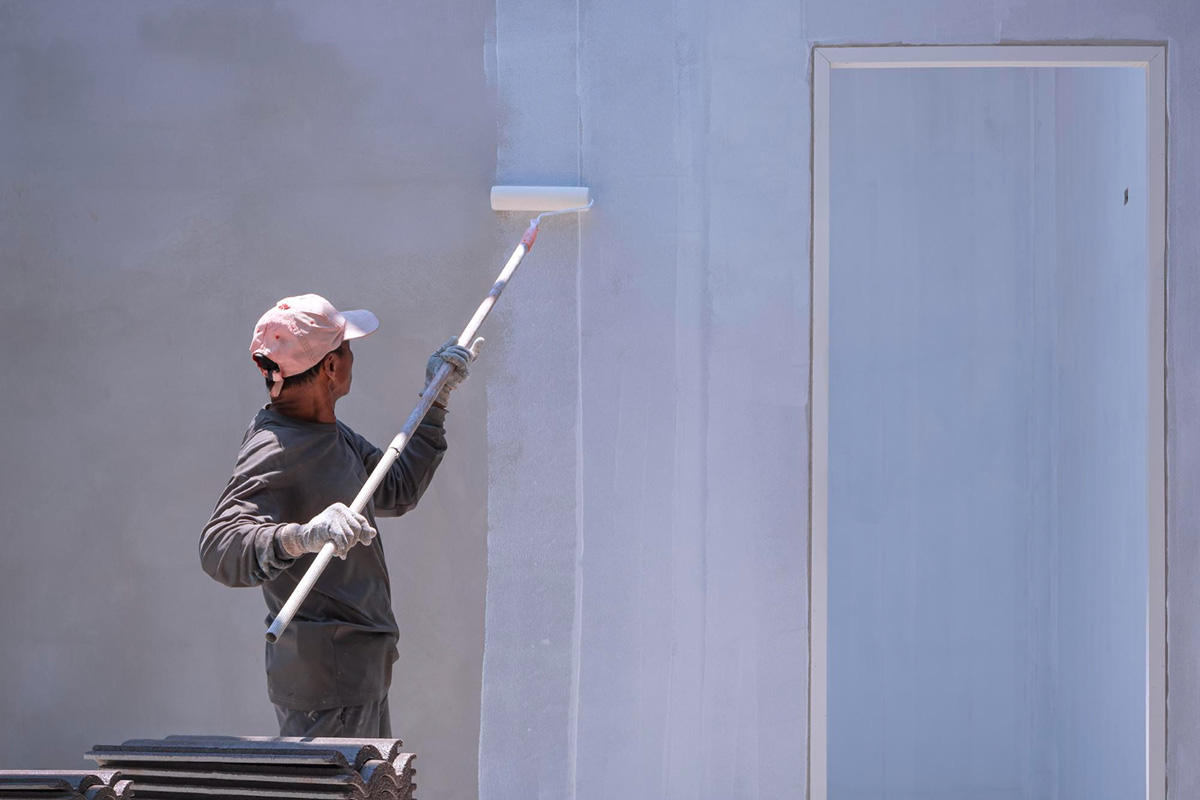Perfect Climate for Working on Exterior Painting

Are you tired of staring at the dull and drab exterior walls of your home or commercial property? If so, it may be time for you to consider giving your property a fresh coat of paint. However, the success of your painting project greatly depends on the weather conditions during the painting process. Painting in the wrong climate can lead to a lot of problems that will result in additional costs and time-consuming repairs. In this article, we will be discussing the perfect climate for working on exterior painting and the tips and tricks to make your project a success.
1. Optimal Temperature Range
The ideal temperature range for painting your exterior walls is between 50-85 degrees Fahrenheit. If the temperature goes beyond this range, it can lead to uneven drying, bubbles, and cracks in the paint. The lower end of the range is ideal for paint to dry slowly, while the upper end of the range can cause the paint to dry too quickly. When choosing a day to paint, you should also consider the humidity level. High humidity can cause paint to stay wet much longer than usual and result in uneven finishes.
2. Avoid Excessive Sunlight
Although painting on a breezy and sunny day sounds pleasant, excess sunlight can interfere with your painting project. Direct sunlight can cause the paint to dry up too quickly, making it hard to work with. It can also cause the paint to dry unevenly, leading to unsightly imperfections. If possible, choose to paint when the sun is not directly overhead, like early in the morning or late in the afternoon.
3. Calm Weather Conditions
When painting the exterior of your property, it's best to avoid painting during windy or stormy weather conditions. Painting also becomes dangerous during these weather conditions, causing ladders or other equipment to move. Wind and dust can also ruin your paint's finish, creating bumps and impurities, resulting in a less pleasing outcome. The best time to paint is during a calm and still day to allow better paint application and even dry time.
4. Properly Prepare Surfaces
Before painting your exterior walls, it's necessary to ensure that the surface is dry and clean. Clean any areas with soapy water and use a power washer to remove any dirt, grime, and loose debris. You should also scrape away any old paint that is chipped, flaking, or peeling. Use a primer to paint any exposed surfaces, allowing it to dry before you apply the paint. Allowing enough drying time is crucial to the success of your painting project.
5. Choose the Right Paint
Choosing the right paint for your project is essential. It's best to use high-quality paint resistant to mold, mildew, and fading. This also means that you must buy the right type of paint for the surface you are painting. For example, when painting brick, use a paint that can handle the natural expansion and contraction of the surface over time. When choosing paint, consider how long it will last, how it will look for years to come, and how different all-weather conditions can affect it.
Conclusion
Painting the exterior walls of your home or commercial property is an effective way of enhancing its appearance and giving it a refreshing look. However, to get the best results, it's essential to ensure that you're painting in the perfect climate. Choosing the right temperature range, avoiding direct sunlight, checking the weather conditions, properly prepping surfaces, and selecting the right paint will help you achieve a great finish for your painting project. At Lakestone Painting, we understand that painting can be challenging, so we offer expert services. Contact us today for commercial painting in Winter Springs, FL, and let us give your property a professional finish.